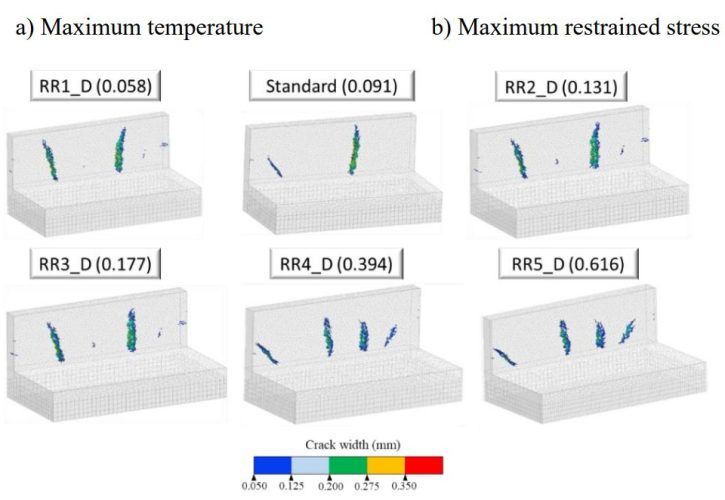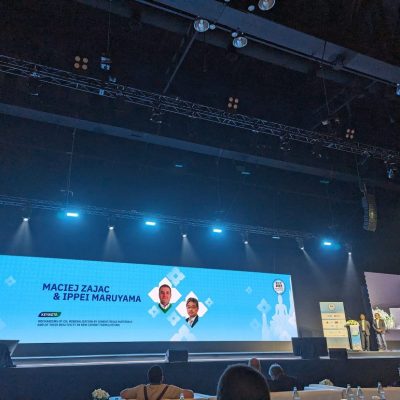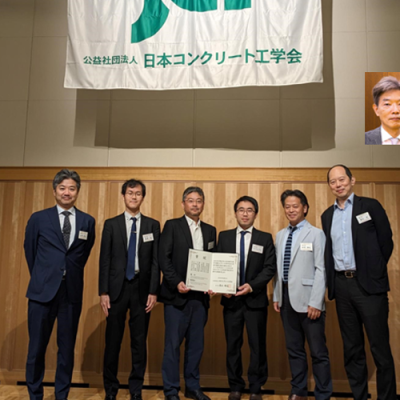Srimook P, Maruyama I (2023) Energy-based approach to predict thermal cracking characteristics of a massive RC member subjected to external restraint from its bottom. Journal of Building Engineering 76:107339. https://doi.org/10.1016/j.jobe.2023.107339
マスコンの指針では,ひび割れ幅やひび割れ本数を適切に取り扱えていません。この研究は,AIJひび割れ指針を想定し,チャートから応力強度比を出し,それに準じて構造物詳細情報から部材に蓄えられる弾性エネルギーを推定,ひび割れ面で消費されるエネルギーの観点から,大断面RC部材中に初期の温度応力によって生ずるひび割れの本数と幅を出すことを提案しました。残念ながら収束計算が必要で,もっとシンプルにしたいと思うんですが,まずは,国際ジャーナルということでそれなりの精度で予測できるものを,ということでこの形になりました。
前回,ご紹介したRBSMでマスコンひび割れのパラメトリックスタディを行い,その上で関数系を決定していますが,結論だけでなく,途中の計算結果やパラメトリックスタディの結果(SupplenentaryとしてDownloadできます。)はきっとお役にたつのではと思います。
ぜひ,ご笑覧ください。オープンアクセスになっています。:
https://www.sciencedirect.com/science/article/pii/S235271022301519XNew paper is published by Journal of building engineering. The title is “Energy-based approach to predict thermal cracking characteristics of a massive RC member subjected to external restraint from its bottom”. As you know, none of the standards dealing with massive concrete can predict the number of cracks and crack width, which is necessary information to evaluate structural performance as well as durability performance.
Aiming to predict such crack characteristics, we propose a relatively simple formula based on the parametric study using RBSM whose constitutive laws are validated by the previous paper. We admit that the simplification is not good enough, but I hope we utilize the information provided by this paper for better construction of massive concrete.














